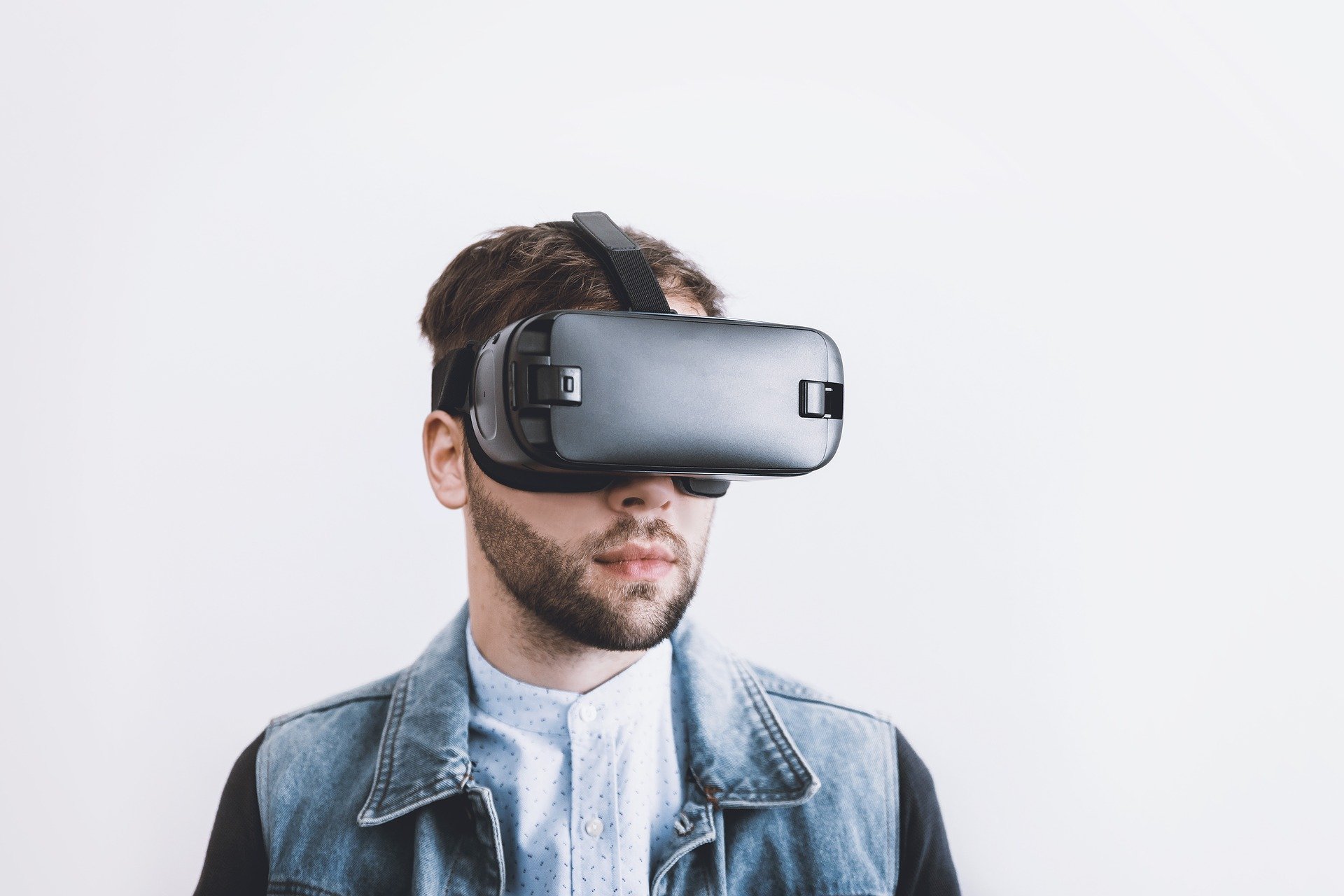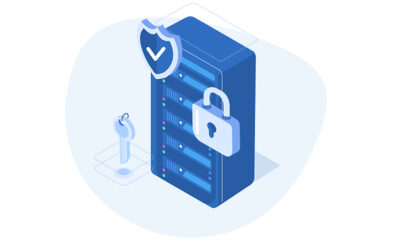He doesn’t do anything, he just wants to play… Does this apply to participants at business events as well? What’s all the rave about the mega trend of gamification and is it even worthwhile when it comes to B2B events?
What is meant by gamification?
Reading the definition of gamification on Wikipedia does not make it sound like a lot of fun: “The application of typical game elements in a non-game context.” Wow…
Gamification is based on humans’ innate instinct to compete with others. We have been carrying this need with us since the age of living in caves, and anyone who’s seen children growing up will know how deeply it is rooted in our genes. A task becomes interesting when there’s something to play for.
Of course, this also applies in a business context. To stay one step ahead of the competition, to achieve better results than the other business operations in the company, to become employee of the month… We’ve all been there.
So why not apply the principle to the most common form of business encounter: business events, conferences, trade shows? This is closer than you might initially think, and many event organisers have already had a shot at gamification experiments.
The typical case: leader boards
An attempt is made to increase the “engagement” of the event attendees by bringing about playful elements and creating small competitions among the participants. Leader boards are frequently seen in action. They are common in golf. These tables show who has achieved the best result according to certain criteria.
Leader boards may also be put to work in the context of an event: for example, when it comes to the most active and influential Twitter users, to the participants with the most interactions with other participants or exhibitors or sponsors.
A leader board can also be used in combination with a quiz. Participants must visit e.g. exhibitors to request information and then enter this information into an app. The person with the most correct answers wins a prize. Or they are asked to scan the badges of other participants and collect points for the leader board. Some apps offer the ability to track current rankings in real time.
This increases the motivation to become even more involved in the event.
Speed camera lottery in Sweden
With “The Fun Theory” competition, Volkswagen rewards playful ideas that make people stick to speed limits. In Sweden, such a model is already in use. Instead of punishing those who speed, it rewards those who stick to the speed limit – by entering them into a speed camera lottery. The exciting thing about this is that the prizes are funded by the fines paid by those caught speeding.
It works, therefore, by promoting positive or desirable behaviour by using playful elements.
LEGO Serious Play
Another example is “serious” play using LEGO bricks. This technology is increasingly being used in corporate strategy processes in order to gain new perspectives on hurdles or challenges and to develop new team solutions. The team members use LEGO bricks to visualise complex issues easily and to make them understandable.
At business events or workshops, this is also an effective way of bringing people into contact with each other in a playful way. It can encourage networking and lighten the mood.
Here’s an example from Rice University in Houston:
At the German Marketing Day 2018 in Hannover, everyone received a small set of LEGO bricks, which the congress participants were instructed to use to build a duck. It’s not as easy as it sounds, and so many came into contact with each other in a playful way.
But who really participates in games at business events?
As you can see in the examples, gamification needs to mean more than a simple leader board for it to really make sense for business events. At many events it has been shown that it is not necessarily the “most important” visitors who take part in such actions – namely, they have no time or use the time at the event they do have to actively pursue their participation goals.
Often it is the not-so-important visitors who use their time for a leader board contest. This may result in more networking – but not necessarily a higher quality of networking.
Generation “Tracking”
On the other hand, there is a generation growing up who are used to measuring their daily footsteps with fitness trackers, whose wellbeing depends on the number of Instagram likes on their photos and who grew up with talent shows and searches for the next big star. This audience expects a somewhat playful approach even where “serious” topics are concerned. Openness to the idea is growing for this reason.
Quora is a nice example. The aim is to share knowledge to “understand the world better” (quote Quora). The answers to questions asked on Quora can be voted on. The answer with the most likes will be displayed at the top. Product reviews on Amazon or similar work according to a similar principle.
Building such mechanisms into an event makes a lot of sense, whether in evaluating exhibitor innovations at a trade show, using lectures or workshops, or in inquiring about the most important learnings at the end of an event. You can do that smoothly and playfully with a smartphone survey (e.g. using Slido, eventScribe or Glisser).
Conclusion
Gamification can enrich a business event – but the concepts should go well beyond dull leader boards and be embedded in the event’s script. Gamification can then also promote the networking between the participants among other things. We are happy to talk about how this can be done with the Converve Matchmaking Platform. Contact us, let’s put our heads together and exchange ideas.



